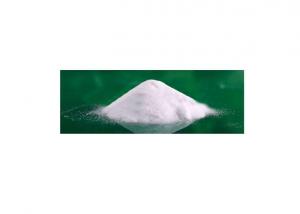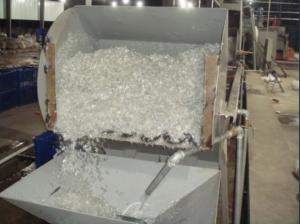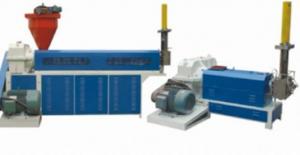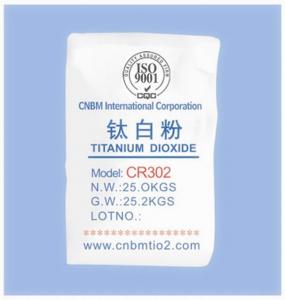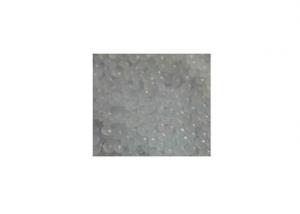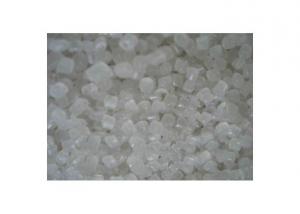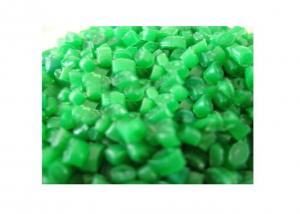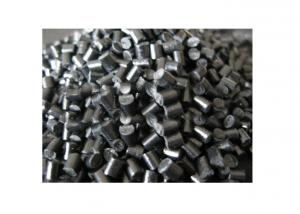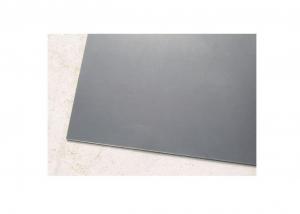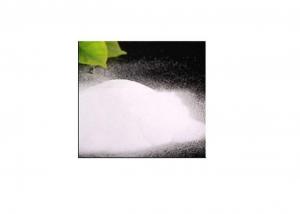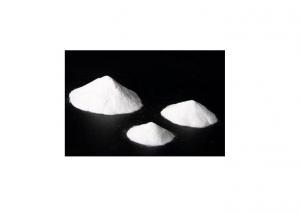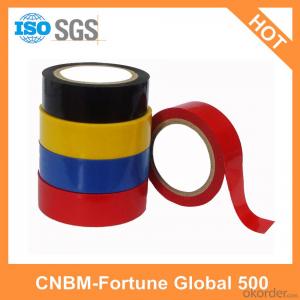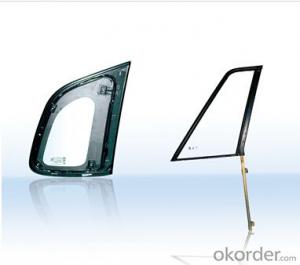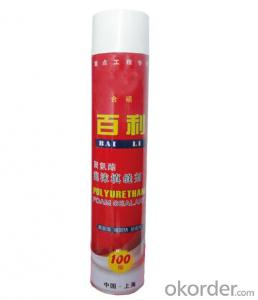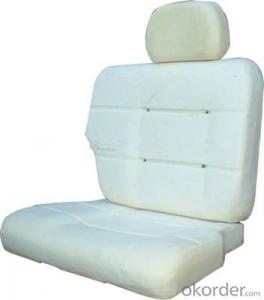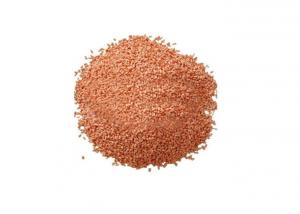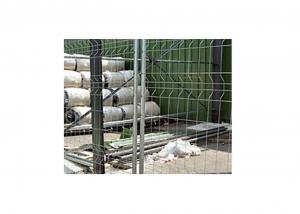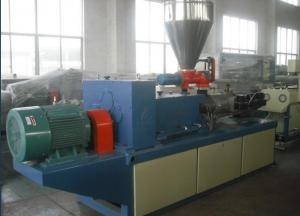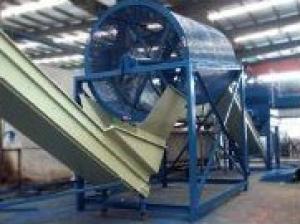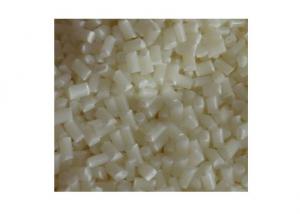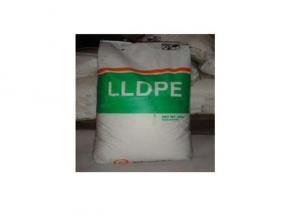Hot Melt Adhesive Polyurethane PU Powder
- Loading Port:
- China Main Port
- Payment Terms:
- TT or LC
- Min Order Qty:
- 1 Ton m.t.
- Supply Capability:
- 5000 Tons per Year m.t./month
OKorder Service Pledge
OKorder Financial Service
You Might Also Like
Detailed Product Description
Good Elasticity
Good Tenacity
Good Sense of Touch
Having strong bonding strength with TPU, Nylon, PVC, polyester, fabric, oilcloth
and others.
Mainly used in heat transfer printing, lamination between woven and non-woven fabric,
automobile industry and fire hose etc.
Sepcification:
Mode: HT-9260
Melting range: 105-115
Melt-index: 25-35(g/10min)
Density: 1.16
Particle Size: 0-80um Paste dot
80-200um Scatter for double dot
200-400um Powder scattering
Temperature: 100-130
Pressure: 1.5-2.0(kg/cm2)
Time: 5-10S
Washing resistance:
1) 40°C : Excellent
2) 60°C: None
3) 90°C: None
- Q: What are the concepts, classifications and distinctions of modified plastics and plastic materials?
- Concept: modified plastics, refers to the base of the general plastics and engineering plastics, after filling, blending and enhancement processing method of modification, improve the performance of flame retardant plastic products, strength, impact resistance, toughness.Classification: modified plastic products are mainly a variety of flame retardant resins, toughening resin, plastic alloy, functional masterbatch etc..
- Q: What material is best for plastic gears?
- Gears can be made of PA, POM, etc., but PA and POM will have noise at high speeds.
- Q: Plastic raw materials, why LDPE and LLDPE?
- LDPE is low density polyethylene, that is, high pressure material; LLDPE is linear material.
- Q: What is the disposable transparent plastic cup?
- GPPS is generally done, do once thrown away, GPPS advantage is cheap, good transparencyPP material is good food grade, non-toxic, but transparent less than GPPS degree, PP toughness better than GPPS, GPPS crisp
- Q: ABS plastic storage conditions
- Plastic materials generally react with light and oxygen for a long time to become yellow and brittle
- Q: Does anyone know what kind of plastic material PP-M40 is?
- High gloss PP has high gloss, high fluidity, heat resistance, medium impact toughness and fine processability. The utility model is suitable for making household appliances (rice cookers, vacuum cleaners, electric irons, etc.), office equipment, instruments and meters, beauty equipment, etc..
- Q: PP plastic stool surface with those raw materials, what is the ratio?
- PP is crystalline polymer. PP is the most common plastic, and the density is only 0.91g/cm3 (smaller than water).
- Q: What are the properties of plastic material PS? What are the advantages and disadvantages?
- Amorphous material, moisture absorption is small, do not have to be fully dry, not easy to break down, but the coefficient of thermal expansion is large, easy to produce internal stress. Good liquidity, can be used screw or plunger injection molding machine
- Q: How about the price of plastic raw materials now?
- The downstream continues to be on demand, with little change in demand. There is a more detailed analysis of quotations
- Q: What are the materials for making plastic basins? Are they raw materials?
- PP material ah! Usually with raw materials, slightly more mouth material!
1. Manufacturer Overview
| Location | Zhejiang,China |
| Year Established | 2000 |
| Annual Output Value | Above US$100 Million |
| Main Markets | 70.00% Domestic Market 7.00% Southeast Asia 7.00% Western Europe 3.00% Southern Europe 3.00% South Asia 2.00% Northern Europe 1.00% North America 1.00% South America 1.00% Eastern Europe 1.00% Africa 1.00% Oceania 1.00% Mid East 1.00% Eastern Asia 1.00% Central America |
| Company Certifications | ISO 9001:2008;ISO 14001:2004 |
2. Manufacturer Certificates
| a) Certification Name | |
| Range | |
| Reference | |
| Validity Period |
3. Manufacturer Capability
| a) Trade Capacity | |
| Nearest Port | Ningbo,Shanghai |
| Export Percentage | 21% - 30% |
| No.of Employees in Trade Department | 6-10 People |
| Language Spoken: | English, Chinese |
| b) Factory Information | |
| Factory Size: | 30,000-50,000 square meters |
| No. of Production Lines | Above 10 |
| Contract Manufacturing | OEM Service Offered Design Service Offered Buyer Label Offered |
| Product Price Range | Low and/or Average |
Send your message to us
Hot Melt Adhesive Polyurethane PU Powder
- Loading Port:
- China Main Port
- Payment Terms:
- TT or LC
- Min Order Qty:
- 1 Ton m.t.
- Supply Capability:
- 5000 Tons per Year m.t./month
OKorder Service Pledge
OKorder Financial Service
Similar products
Hot products
Hot Searches
